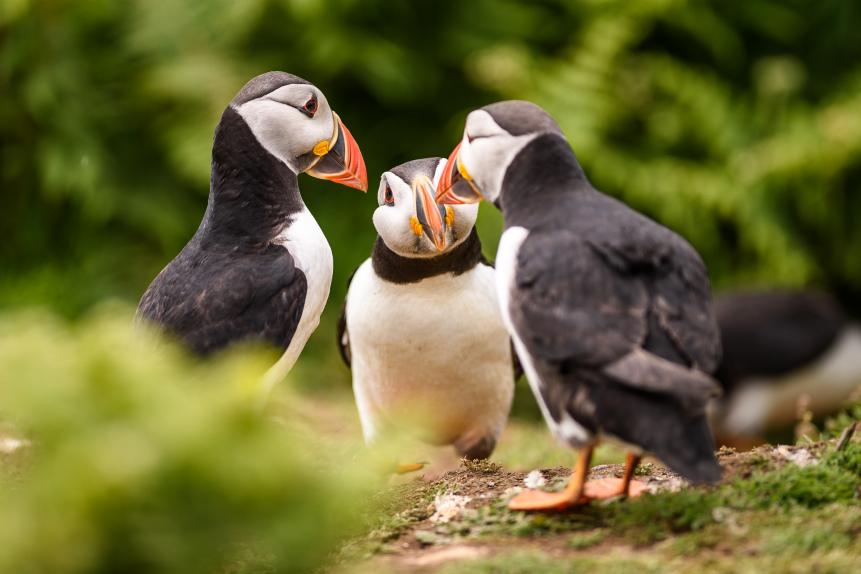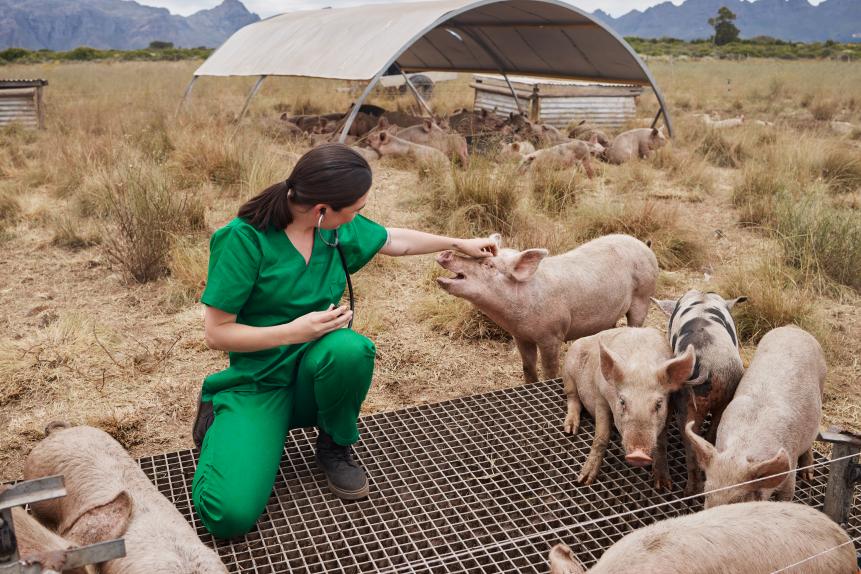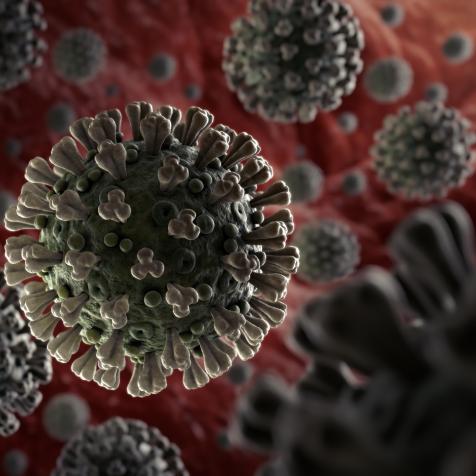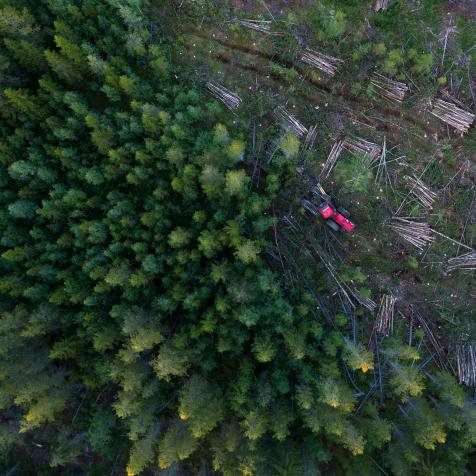
George Karbus Photography
Can this New AI Technology Help Us Understand the Languages of Animals?
A California-based nonprofit is searching to build an AI language that allows humans more deeply understand non-human languages to help change our ecological impact on our Earth.
Aza Raskin is the co-founder and president of the Earth Species Project (ESP), a non-profit that uses a form of artificial intelligence (AI) to translate non-human languages. ESP wants to use its machine learning technology to translate and make this vital information widely available to the public.

Nuzulu
Raskin emphasized their goal to help conservation by explaining, “The end we are working towards is, can we decode animal communication, discover the non-human language. Along the way and equally important is that we are developing technology that supports biologists and conservation now.” ESP believes that understanding languages can help deepen our relationship with animals and allow us to more efficiently protect them.
In the past, understanding the communication of animals was heavily reliant on tedious observation. From primate calls of alarms to dolphin whistles, scientists have been fascinated by the different forms of non-human communication present in these animals. With the development of new technologies, researchers have now begun to understand the huge amounts of data available through machine learning.

PeopleImages
Elodie Briefer, an associate professor at the University of Copenhagen, has recently helped co-develop a pig grunt analyzing algorithm that helps scientists understand whether the pigs are expressing positive or negative emotions. In contrast, ESP is approaching decoding differently, by focusing on all species, not just one. The Earth Species Project believes that there is a likelihood that social species communicate with each other, for instance, whales and dolphins.
Although the Earth Species Project believe that understanding AI machine learning data is only one step to full communication, they are hopeful that one day we will be able to understand entire systems of communication.


















